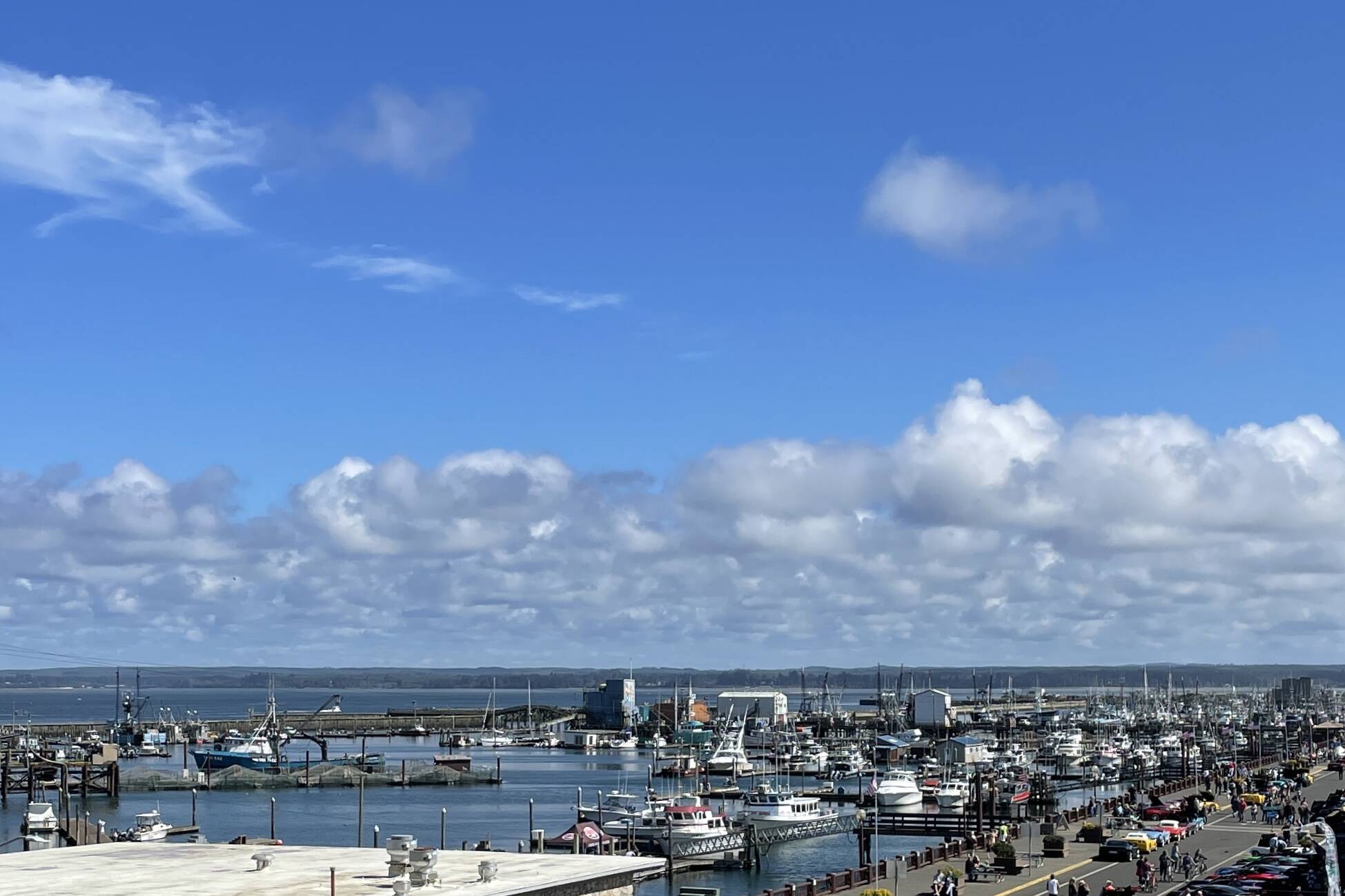Cooler water in the Pacific Ocean leading to rebounding fish numbers means a healthy harvest of coho salmon this year, said state and tribal fisheries officials.
The fish benefited from La Nina conditions out at sea.
“The coho returns this year at Grays Harbor is one of the biggest ones we’re expecting in a long time,” said Mark Baltzell, lead for the Washington Department of Fish and Wildlife’s Salmon and Steelhead Fisheries Management. “In general, we can chalk it up to good freshwater conditions and good ocean conditions when those fish went out.”
The coho and other fish have had a few rough years of low numbers, Baltzell said, with El Nino conditions raising temperatures and reducing food sources. While this year is expected to be good, Baltzell said, without dam systems to gauge the number of fish going upriver, it’s difficult to make mid-season assessments of what the reality is on the ground.
“Those fish should be in the system in October. We should have some good fishing in the Chehalis in October through November,” Baltzell said. “We co-manage the species with the treaty tribes. It’s a little different for each river system.”
Co-management
That co-management with the Treaty Tribes, such as the Quinault Indian Nation in Grays Harbor, is hashed out each year in what’s called the North of Falcon process, referring to all the fisheries north of Cape Falcon in Oregon, said WDFW district fisheries biologist Mike Scharpf.
“The state and the tribe will put together fisheries for the federal government,” Scharpf said, speaking of the general process. “They get together to forecast the abundance of salmon.”
The state and tribal organizations involved get together each spring to plan out each year’s fishery schedules, said Ed Johnston, a fisheries policy spokesperson for the Quinault Indian Nation. WDFW also works with the Confederated Tribes of the Chehalis Reservation, who, while not a Treaty Tribe, have fishing rights on their reservation, Scharpf said.
Forecasting involves a number of factors, including historical data, trends, ocean conditions and other factors, Scharpf said.
“We have a good resource. The forecasting for the last couple of years is showing us we’re making gains the last couple years,” Johnstone said. “The ocean has been cooler the last couple of years.”
The modeling is only as good as the data fed into it.
“We can try to fit as much information into any one of these things,” Baltzell said. “But their ability to predict the future is always limited.”
Accurately forecasting the fish returns relies on keeping abreast of a vast array of factors.
“We don’t have to look very far to see there’s a lot of change happening in the natural environment. Sometimes we’re a little slow to catch up on the effects on fish,” Baltzell said. “We have conversations about it all the time both internally and with our tribal co-managers.”
Rain is key
While there’s a good return forecast, Johnstone said he hoped that the region would get some good hard rain to bring the fish the last few steps home to spawn.
“All signs are positive. When we get that rain, which we will, we’ll have fish and everyone will be happy,” Johnstone said. “I would imagine we need a good 2 or 3 inches to see a real significant move.”
Fresh rain in the water systems helps to bring the fish the final distance to their spawning grounds, Johnstone said.
“Rain moves them through the system. When they smell rain, that charges them up,” Johnstone said. “They’re heading for the spawning grounds in these creeks. They’re looking for a habitat that’s suitable for them to spawn in.”
Baltzell said the attitude toward next year is one of cautious optimism.
“Every year is different. I think there’s a certain amount of optimism for this year and heading into next year that we’ve kind of dodged the bullet on ocean conditions,” Baltzell said. “It looks like another La Nina year — that means more upwelling, more food for fish migrating.”


